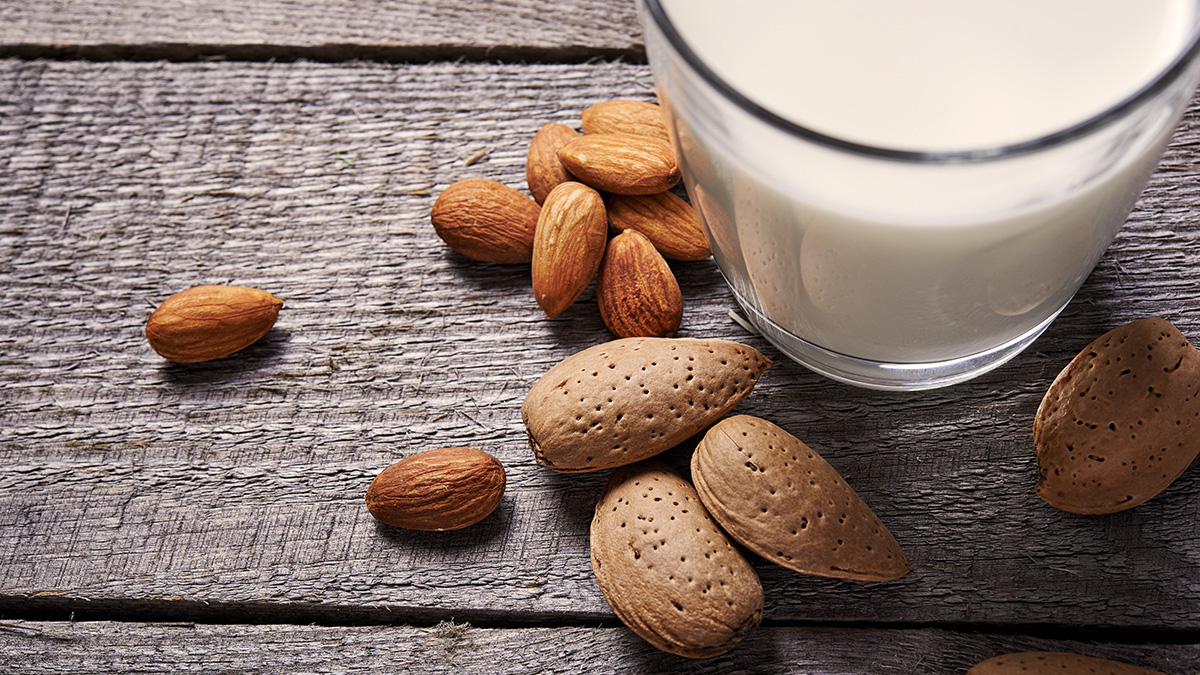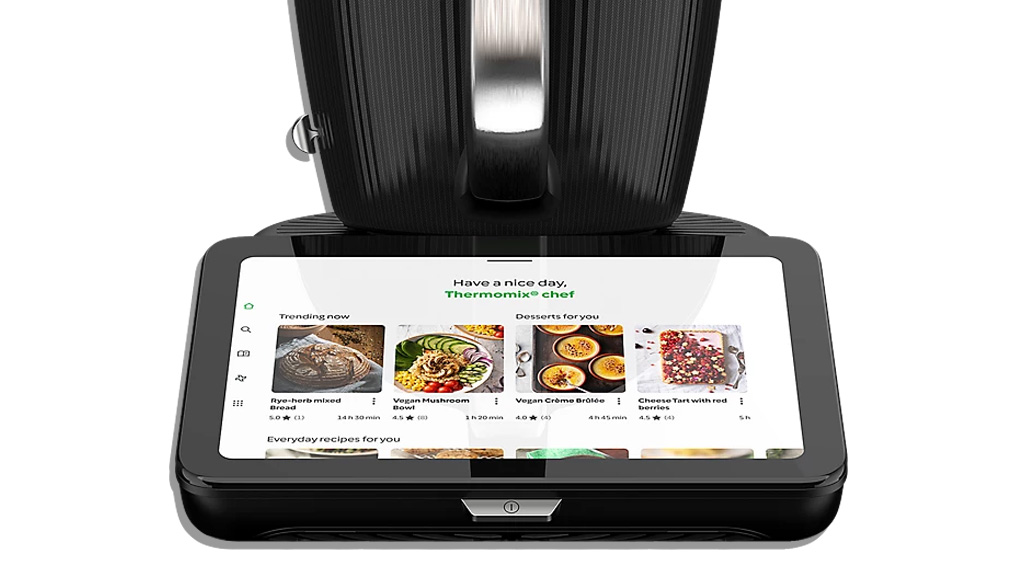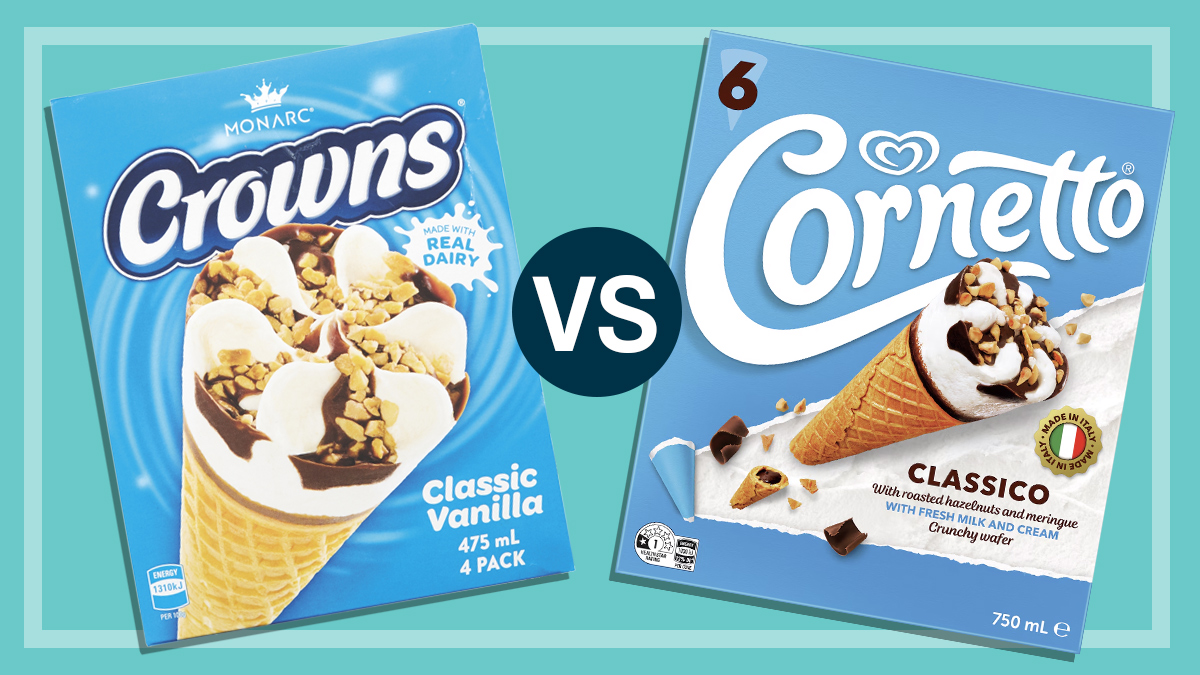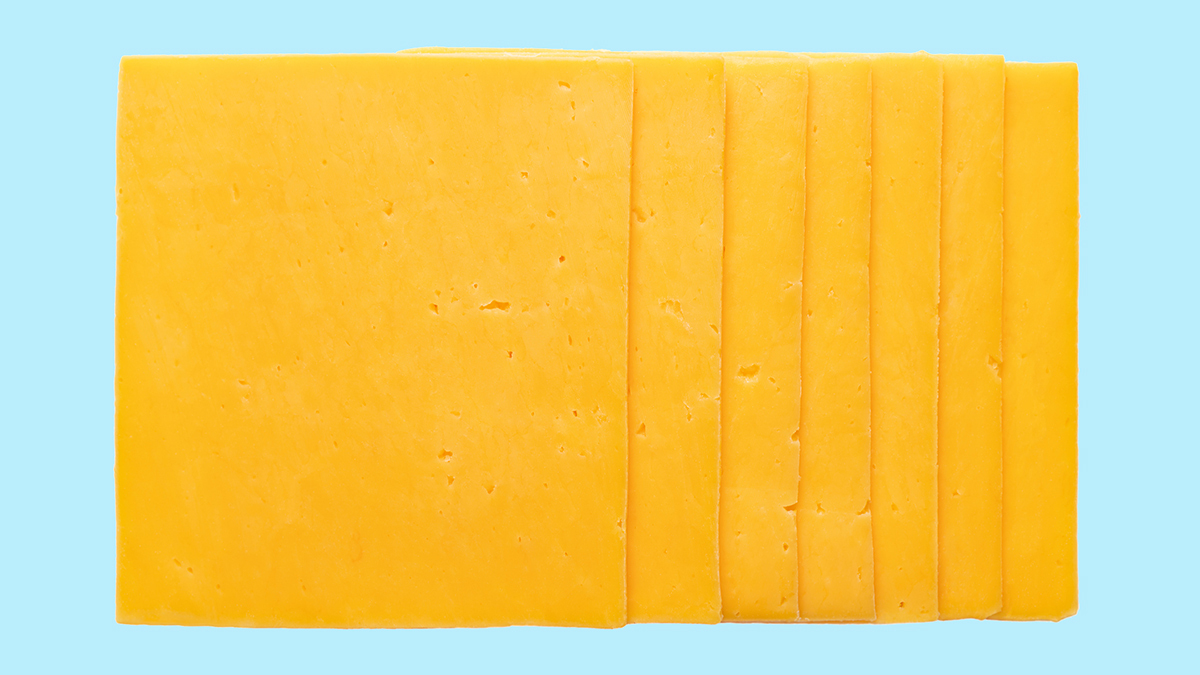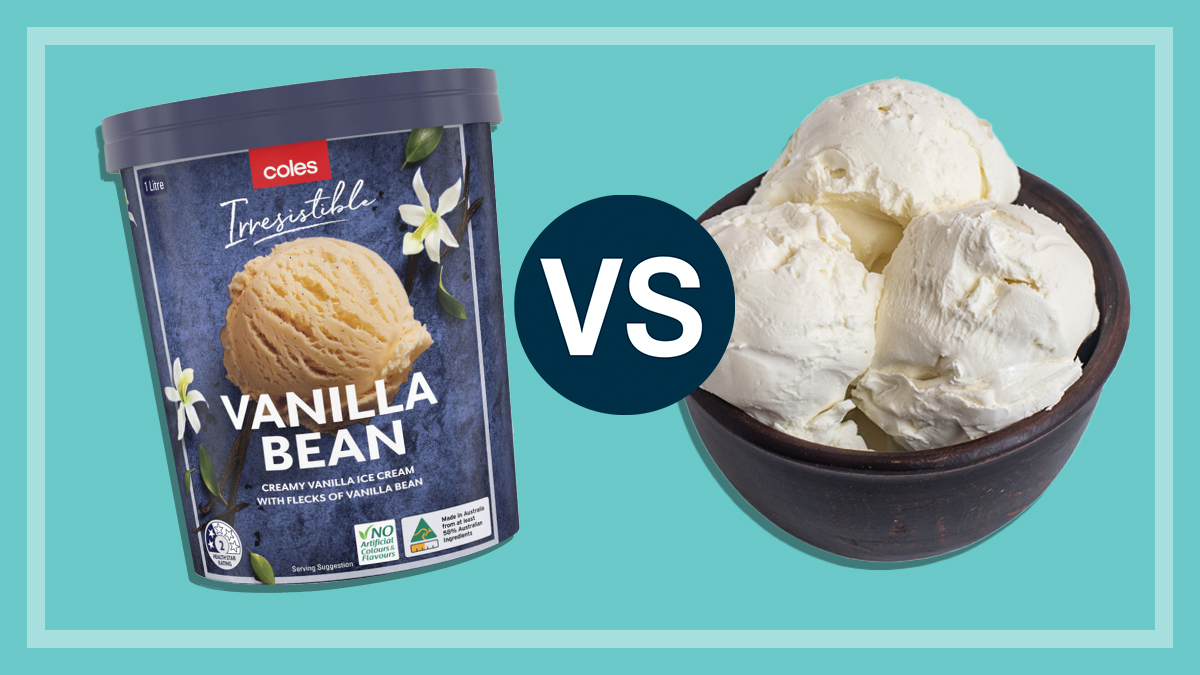How to choose the best almond milk
Percentage of almonds? Protein content? Calcium fortified? Here's what to look for when buying almond milk.
Last updated: 1 Dec 2021
Almond milk is one of the most popular and widely available milk alternatives. In addition to the long-life versions in supermarkets, more boutique brands of fresh almond milk are finding their way into the chillers of grocers, delis and health food stores – some costing as much as $7.50 a litre.
On this page:
So is almond milk good for you? How does the almond content of store-bought and homemade almond milk compare? And how do you make your own at home?
Our guide to almond milk will answer these questions and more.
What are the benefits of almond milk?
There are plenty of reasons why people find almond milk appealing.
- It’s soy, lactose and dairy-free, so it’s suitable for people allergic or intolerant to soy and cow’s milk or who are lactose intolerant, as well as those following a vegan diet.
- Almonds contain heart-healthy monounsaturated fats, and are low in saturated fat.
- Almond milk is naturally low in kilojoules. Unsweetened store-bought almond milk contains just 93kJ (22 calories) per 100mL on average.
If you’re after the most nutritious, there are a few things to consider when choosing store-bought almond milk.
- It’s lower in protein than cow’s milk, although some almond milk products contain ingredients such as soy or pea protein, which boosts their protein content.
- Almost half of the almond milk products we looked at are sweetened – look out for sugar, maltodextrin, agave or rice syrups in the ingredients list.
- It’s not always fortified with calcium, so if you’re using it as an alternative to dairy, look for products with at least 120mg calcium per 100mL (the same amount that’s in reduced fat cow’s milk).
Percentage of almonds: homemade vs store-bought almond milk
When it comes to almond milk, you may not always be getting what you’d expect. Some products contain as little as 2% almonds – a fraction of what you’d include if following a recipe at home using a food processor or dedicated machine, such as the Almond Cow.
The almond content is relevant. If you’re drinking almond milk for the heart-healthy nutrients almonds offer, obviously the higher the almond content the better. But even if you’re only concerned about taste, you still want to know you’re getting value for money.
So how do homemade and commercial almond milks compare?
Homemade almond milk
To see what you’re getting from a homemade almond milk, we whipped up a batch in the CHOICE test kitchen following a standard recipe of one part almonds to three parts water (without the optional extras) – an almond content of 25%, in other words.
We used a Thermomix to process it – although you could use any food processor (use the maximum liquid capacity disc attachment to prevent splatter explosions), super blender or all-in-one kitchen machine – then sent the end product to the lab for analysis.
Almonds (with skin on) are 19.7% protein, according to the government’s food composition database. So almond milk made from 25% almonds should contain close to 4.9g protein per 100mL – assuming you’ve managed to extract every skerrick of protein from the pulp before it’s discarded. The lab’s test results showed that our homemade sample contained an impressive 4.8g protein per 100mL.
Store-bought almond milk
In our almond milk comparison we looked at the labelled almond content of 40+ commercial almond milk products and found quite a range: from just above 2% right up to a few that contain around 10%.
If you choose your almond milk based on the stated almond content, we suggest you also check the protein value in the product’s nutrition information panel to see if the numbers add up. If almonds are 19.5% protein, it follows that a product made from 10% almonds should contain close to 2g protein per 100mL, for example.
Sometimes products contain less (or more) protein than you’d expect, and there are a few reasons why this might be the case.
Occasionally the almond content stated is for ‘activated’ almonds – almonds that have been soaked in water for 12 hours, supposedly to improve the digestibility and nutrition of the nut. But unless the activated almonds are subsequently dehydrated before they’re used to create the almond milk, the ingoing weight of almonds (and therefore the percentage of almond content stated on the label) is inflated by the water absorbed during the activation process.
Variations from the expected protein content can also occur because of the way the almonds are processed, or if other protein sources – oats, soy or pea protein, for example – have been added.
Some store-bought almond milks are also fortified with calcium, which is helpful if you’re buying it as a substitute for cow’s milk.
Value for money
Of course not everyone has the time or the inclination to make their own almond milk. But if you do, is it better value for money?
To make ours we bought a 500g pack of almonds at our local grocer for $8.99, and the recipe we followed produced just under 700mL of almond milk. Based on these figures, our homemade almond milk cost us around $5.70 per litre. In comparison, the commercial almond milk we looked at ranged from $1.79 to $7.49 per litre, costing a little more than $3.80 per litre on average.
But at 25%, the homemade version’s almond content was significantly higher than that of the commercial products (which tend to be less than 5%). Plus, when you make it yourself you end up with a fresh product, and you can use the leftover almond pulp in cakes, biscuits or muffins so nothing goes to waste.
Bear in mind that the almond and resulting protein content of homemade milk will also vary depending on the recipe you follow and the equipment you use. And the price will vary depending on the cost of the almonds you use (it’s cheaper if you buy the almonds in bulk). And while some commercial almond milks are fortified with calcium, our homemade version wasn’t.
Value for money? We’ll let you be the judge.
Recipe: How to make almond milk
A quick online search returns many different recipes for almond milk. This is the one we followed to prepare our sample.
Ingredients
- 220g whole raw almonds
- 660g water, chilled
Method
- Soak 220g raw almonds in water overnight.
- Drain almonds, then place with 660g chilled water into your chosen mixing appliance and blend for about two minutes.
- Pour into a nut bag or muslin cloth over a jug or bowl and squeeze by hand to extract liquid.
- Chill before serving.
Makes approx. 700mL almond milk
Options and tips
- Include 4 pitted dates and/or 1 teaspoon vanilla extract when processing for additional sweetness and flavour.
- For a whiter milk, remove the skins after soaking overnight, or use blanched almonds instead.
- Keep refrigerated and shake before serving. Use within about three days.
- Use leftover almond pulp in biscuits, cakes or muffins.
Related
Rachel Clemons is an award-winning journalist who worked at CHOICE from 2004–2022.
During her time at CHOICE her core focus was on food and nutrition, from reviewing breakfast cereals and fast food to dispelling myths about the benefits of detox kits and gourmet salt or translating confusing food labels – with the occasional taste test thrown in for good measure.
Prior to CHOICE she lived overseas, working predominantly in hospitality when she wasn't travelling and eating her way through various cuisines. She holds a Master of Science in Nutrition from King's College London (where she also researched and wrote for CHOICE's UK sister organisation, Which?), and a Bachelor of Science, Health Sciences from the University of Adelaide.
In 2017 she won the Dietitians Association of Australia's Nutrition Journalism Award and she's currently on the Steering Committee as a Parent Member of Parents' Voice.
You can find her on Twitter and LinkedIn.
Rachel Clemons is an award-winning journalist who worked at CHOICE from 2004–2022.
During her time at CHOICE her core focus was on food and nutrition, from reviewing breakfast cereals and fast food to dispelling myths about the benefits of detox kits and gourmet salt or translating confusing food labels – with the occasional taste test thrown in for good measure.
Prior to CHOICE she lived overseas, working predominantly in hospitality when she wasn't travelling and eating her way through various cuisines. She holds a Master of Science in Nutrition from King's College London (where she also researched and wrote for CHOICE's UK sister organisation, Which?), and a Bachelor of Science, Health Sciences from the University of Adelaide.
In 2017 she won the Dietitians Association of Australia's Nutrition Journalism Award and she's currently on the Steering Committee as a Parent Member of Parents' Voice.
You can find her on Twitter and LinkedIn.

